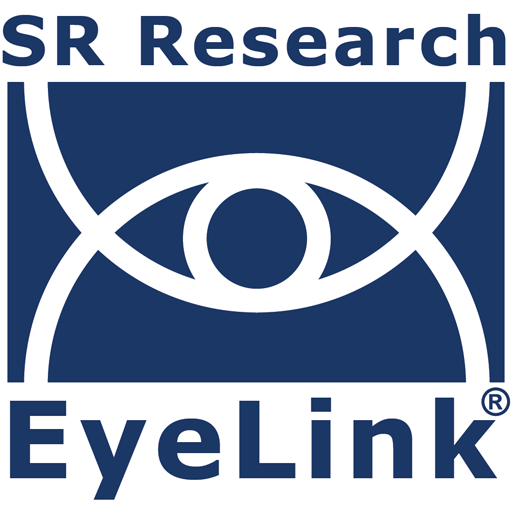CASE STUDY: Latency and Amplitude of Catch-Up Saccades to Accelerating Targets

Understanding how humans track moving objects is crucial in various fields, from sports performance analysis to neurological disorder diagnostics. The intricate dance between smooth pursuit and saccadic eye movements allows us to maintain a clear visual image of a moving target on the fovea. When smooth pursuit falters, swift “catch-up saccades” correct the tracking error. A recent study, “Latency and amplitude of catch-up saccades to accelerating targets,” by Doré et al. (2025), sheds new light on the factors influencing these critical eye movements, specifically the role of retinal acceleration error. This case study will highlight the indispensable role of eye tracking technology, particularly the EyeLink 1000 eye tracker system, in enabling such detailed and impactful research.
Previous research has established that retinal position and velocity errors are key determinants of saccade latency and amplitude during smooth pursuit. However, the influence of retinal acceleration error has remained largely unquantified. Investigating this required a high level of precision in measuring eye movements in response to targets that continuously changed speed, including sudden position shifts to trigger catch-up saccades. The ability to accurately capture subtle eye movements and synchronize them with precise target kinematics was paramount to isolating the effect of acceleration.
Eye Tracking Technology Methodology
Doré et al. used an SR Research EyeLink 1000 eye tracker video-based recording system, which provided the following benefits:
- High Sampling Rate: Recording eye movements at 1,000 Hz provided a dense dataset, essential for capturing the rapid dynamics of saccades and the nuanced changes in pursuit.
- Precision and Accuracy: The system’s ability to accurately track eye position facilitated the computation of eye velocity and acceleration, which are crucial for deriving retinal error signals.
- Reliable Saccade Detection and Removal: The EyeLink system, combined with custom MATLAB code, allowed for the precise detection and removal of saccades from eye position signals. This was critical for isolating the smooth pursuit component and accurately calculating corrected saccade amplitudes.
Smooth Pursuit and Saccade Amplitude and Latency Results
The precise data gathered through eye tracking technology allowed the researchers to confirm their hypotheses:
- Retinal Acceleration Error Influences Saccade Amplitude: A multiple linear regression analysis, using accurately measured eye position, velocity, and acceleration errors, revealed that retinal acceleration error was a statistically significant predictor of saccade amplitude, alongside position and velocity errors (p=2.029724e-09). The ability to derive these subtle acceleration error signals from the raw eye tracking data was key to this finding.
- Retinal Acceleration Error Modulates Saccade Latency: The study found a significant interaction between the sign of acceleration error and the size of predicted position error on saccade latency. Specifically, saccade latencies were shorter when retinal acceleration error increased the tracking error, and longer when it decreased it. This intricate relationship could only be observed through the high-resolution temporal data provided by the eye tracker.
The study by Doré et al. (2025) highlights the role of advanced eye tracking technology in cutting edge oculomotor research. The EyeLink 1000 system’s high sampling rate, precision, and reliability were fundamental to collecting the granular data required to unravel the complex mechanisms of human oculomotor control. Without such precise measurements, it would be impossible to quantify the subtle yet significant contribution of retinal acceleration error to catch-up saccade programming. This research not only expands our understanding of eye movements but also underscores how sophisticated eye tracking technology continues to push the boundaries of scientific discovery in human vision and motor control.
For information regarding how eye tracking can help your research, check out our solutions and product pages or contact us. We are happy to help!
